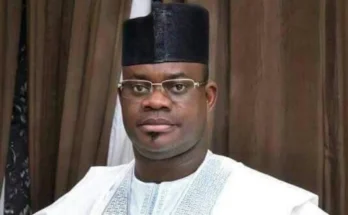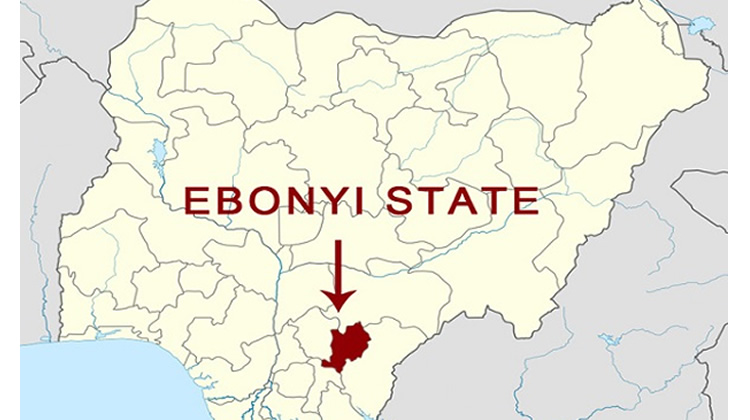Stories by Ime Akpan Lagos
Th e Nigerian Airspace Management Agency (NAMA) has concluded plans to deploy solar panel and batteries to power its instrument landing system (ILS) at airports. Th e agency’s General Manager, Electro-Mechanic, Mr. Adebisi Anjorin, said the equipment, which cost millions of naira, would be deployed to eight locations including Lagos, Calabar, Enugu, Sokoto, and Kaduna. He said the deployment in order to reduce dependence on public power supply. He said the equipment were captured in 2016 budget, adding that NAMA had started to install them at the Lagos and Kaduna airports. He further said the remaining batteries and solar panels had been factored into the 2017 budget. “Th e batteries are more reliable to give 24 hours eff ectiveness. NAMA has done civil work at the stations. Th e idea is that next year, all our ILS and other essential equipment will be covered by Solar DC Direct.
“All expenses on generators and maintenance will be reduced drastically, including air pollution. Th e greatest challenge we have is electricity. Our equipment is easily destroyed because of erratic power supply,” he said. Also speaking, the director, safety electronics and engineering of NAMA, Farouk Ahmed Umar, said the agency acquired an uninterrupted power supply (UPS) to boost the autonomy of interrupted power supply. “Once there is light, it guarantees the improvement of the equipment. We are deploying them in other stations.
Th is will stop blind spots in the airspace,” he said. Umar stated that blind spot is caused by constant power outage, stressing that when it happens, communication between pilots and air traffi c controllers is limited, which he said takes some minutes before it is restored. He stated that during such time, communication is very weak – what people termed as blind spots in the airspace. He said the solar panel would correct the situation as it would boost and power the equipment for over 24 hours even when power to the system is lost.
Despite the total radar coverage of Nigeria (TRACON), Umar said the management of NAMA had mapped out strategies to end power fl uctuation to its facilities. Th e architectural design of TRACON consists of voice communication systems (VCS), voice recording systems (VRS), very high frequency transceivers (VHFT), fi ber optic, display consoles, integrated aircraft billing systems (IABS) and spares while radars at the international airports comprise both primary and secondary radars. Umar said Radio Frequency 127.3mhz has an improved range and is working perfectly just as the Radio Frequency 124.7 MHz is also in good condition and both of them are on presently. Recently, the Managing Director of NAMA, Capt. Fola Akinkuotu, gave assurance that the era of fl ight disruptions occasioned by harmattan or inclement weather would be a thing of the past as the federal government had concluded plans to install multi-million dollar ILS at 11 airports across the country.
He admitted that visibility at many of the aerodromes had been bad during harmattan, but gave assurance that with operable ILS to go to the aerodromes, “come December this year, there should be no excuse of them not landing in harmattan.” Among the airports to benefi t from the critical safety tools are those in Lagos, Port-Harcourt, Ibadan, Benin, Abuja and Minna, apart from Kaduna, which has brand new safety tools. “Th ere are 11 ILSs that are going to be installed. Th ey are brand new. Don’t let us forget that they are going to recover some items. Lagos has an ILS; I think Ibadan too is going to get newer ones. So, whatever we recover, we can put them in some other places. I would expect that over time when the materials, assets are in, we should be able to do not less than 18 fi elds,” said Akinkuotu



